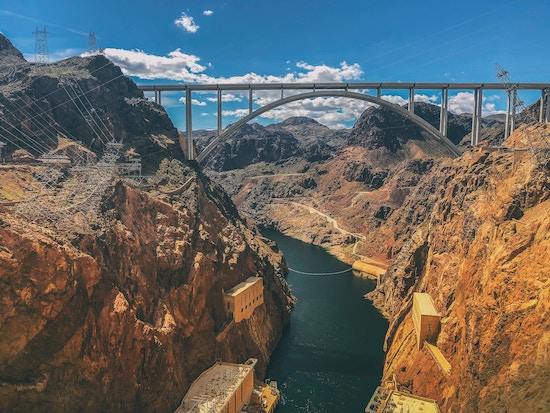How to Set Meaningful Site Water Targets

Tien Shiao is Senior Researcher at the Pacific Institute, which implements the CEO Water Mandate in partnership with the UN Global Compact.
Water Insecurity is Increasing
Climate change is impacting all regions of the world, cutting across all sectors of society. It is closely connected to water resources, leading to more floods, droughts, poor water quality, and increased water demand due to higher temperatures – more water is needed for irrigation, drinking water, and industrial cooling.
Climate change impacts are already leading to increased water risks for companies. For example, in 2011, flooding in Thailand led to manufacturing shutting down operations, which affected the supply chains of many companies. In 2019, drought in Brazil led to a 30% decrease in soybean production, resulting in a shortage in global supply.
Why Site Water Targets?
It is now more important than ever for companies to not only consider their own water use and discharge, but also to invest in healthy watersheds and water infrastructure to address their water risk. While most sites are small contributors to their watershed, by setting targets informed by context collectively, sites can make a greater impact and become more resilient to water risk. Companies which are not able to do so will continue to face serious water challenges.
Setting site water targets helps companies:
- Drive informed action at the local level;
- Address water challenges, and;
- Catalyze collective action.
Setting Site Water Targets
To assist companies with setting site water targets, in August 2019 the CEO Water Mandate, which the Pacific Institute helps manage, along with project partners CDP, The Nature Conservancy, World Resources Institute, WWF, and UNEP-DHI, developed Setting Site Water Targets Informed by Catchment Context. The guide outlines how companies can set site water targets that maximize impact and improve water security by simultaneously addressing catchment water challenges and aligning corporate water strategies with societal goals, including the United Nations Sustainable Development Goals. According to this publication, there are three key elements for setting meaningful site water targets:
- Responding to priority water challenges by examining and prioritizing site water challenges. Water challenges are prioritized based on operational risk (water impact and dependency of the site) and catchment water risk. For the Santa Ana watershed in California, where the guide was pilot tested, out of six water challenges examined, the priority challenges identified were water quality, water quantity, and freshwater ecosystems. The challenges were identified through: conducting in-person convenings with participating companies, representatives from the Santa Ana Watershed Project Authority (SAWPA), and other local agencies; reading relevant municipal and catchment planning and governance documents; and examining relevant state water targets and regulations.
- Using a site’s contribution to water challenges and desired conditions to inform a site’s level of ambition. The desired conditions are determined through water resource management plans and other literature sources. For the Santa Ana watershed, the primary resources used to understand the desired conditions were the One Water One Watershed (OWOW) Plan and the Santa Ana Water Quality Control Plan. The gap was assessed between current and desired conditions.
- Setting water targets that help reduce water risk, capitalize on opportunities (like existing water stewardship initiatives and collective action efforts), and contribute to public policy priorities. The targets should address the priority water challenges, the current and desired conditions, and the facilities’ ambition. In the Santa Ana watershed, a database of potential targets (measurable desired results) and potential interventions (actions to be taken to help achieve the targets) were developed for each water challenge. Targets were designed to be specific enough to be able to customize to a site’s needs and to take into consideration opportunities for on-the-ground collaboration. The Santa Ana watershed project included recommendations on the level of ambition when there were relevant resources and literature available.
Site Water Targets in Action
Several CEO Water Mandate companies have launched water targets informed by context, including Levi Strauss & Co. and Teck Resources Limited, because they realized that in order to reduce water risk, they need to consider where they are operating locally. Levi’s goal is to use only as much water as they can replenish naturally where they operate. Therefore, they use the best available water stress data to develop facility-level targets that contribute to the sustainability of local water resources. Teck’s goal is to reverse the trend of selenium and other substances in the valley where they operate, to ensure the ongoing health of the watershed, since their workers care about the local environment being protected.
Get Involved
If your company is interested in setting meaningful site water targets, please visit Setting Site Targets Informed by Catchment Context: A Guide for Companies and Case study: Santa Ana River Watershed, California. You may also contact tshiao@pacinst.org for more information.
